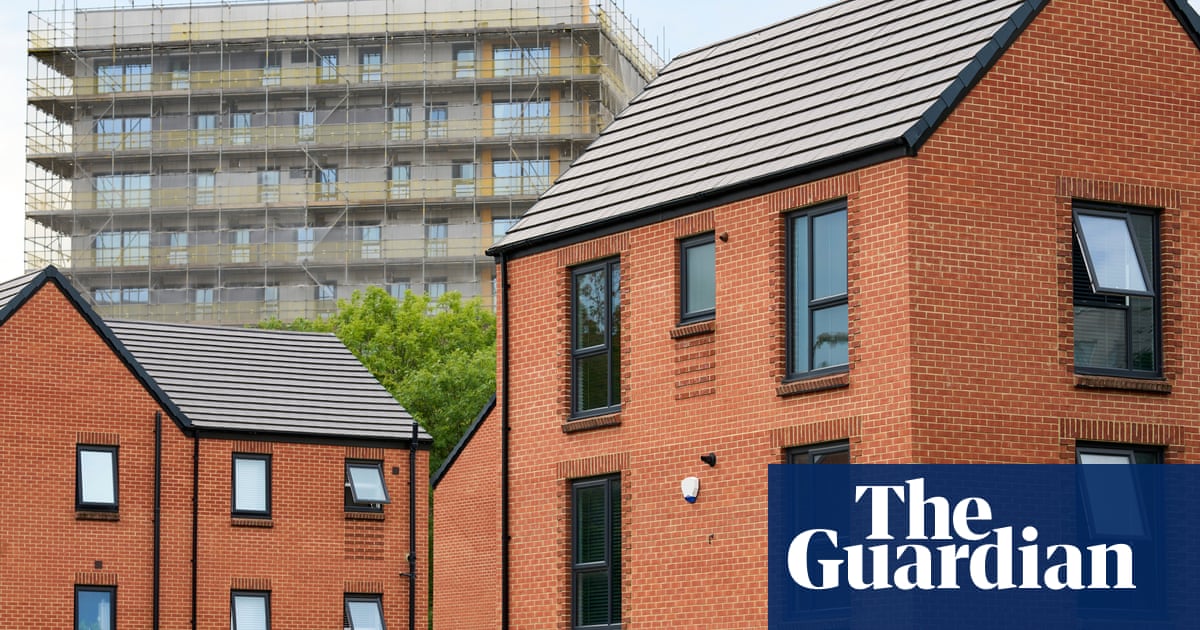
As global temperatures rise, the issue of overheating in modern housing has become a significant concern, highlighting the pressing need for a fundamental shift in building design. According to Chris Halligan, a member of the Chartered Institute of Architectural Technologists, the current climatic challenges demand innovative solutions that prioritize climate resilience over cost-cutting measures.
Key Factors Behind the Overheating Crisis
There are two main drivers of the overheating problem in contemporary housing developments:
- Profit-Driven Designs: Many developers aim to minimize expenses by adhering to the bare minimum legal requirements, often at the expense of the building’s long-term performance. This approach frequently ignores sustainable design practices that could mitigate heat buildup, such as planting trees in urban areas.
- Poor Design Choices: Instead of addressing fundamental design flaws from the outset, developers often implement quick, bolt-on solutions like air conditioning to combat overheating. These energy-intensive systems further exacerbate environmental issues.
Sustainable Design Principles for Climate-Resilient Homes
Halligan emphasizes the importance of designing homes with climate resilience in mind. By leveraging the expertise of environmentally conscious professionals, such as chartered architectural technologists, architects can create sustainable housing solutions without reliance on energy-hungry machinery. These strategies include:
- Building Orientation: Properly orienting the structure to optimize natural cooling and shade.
- Natural Ventilation: Incorporating ventilation strategies that allow air to flow efficiently and reduce indoor temperatures.
- Heat-Resistant Materials: Utilizing construction materials that minimize heat gain and ensure comfort during extreme weather conditions.
Regulations and the Shift Towards Better Design
New regulations, such as Part O, aim to address overheating by focusing on preventive measures. However, these often allow for energy-intensive solutions like air conditioning, instead of mandating responsive and sustainable building fabrics. Halligan stresses that the knowledge to build effective, climate-resilient housing already exists—it simply needs to be applied more broadly.
A Call for Change
The overheating crisis in modern housing is a wake-up call for developers, policymakers, and architects alike. As climate conditions continue to evolve, it is critical to shift priorities from short-term profits to long-term resilience. By integrating environmentally mindful design principles, the construction industry can rise to the challenges of a changing climate.
“The climatic situation we find ourselves in requires a shift in the very basics of building design,” Halligan asserts. Sustainable solutions are not just feasible—they are essential for the future of housing.



